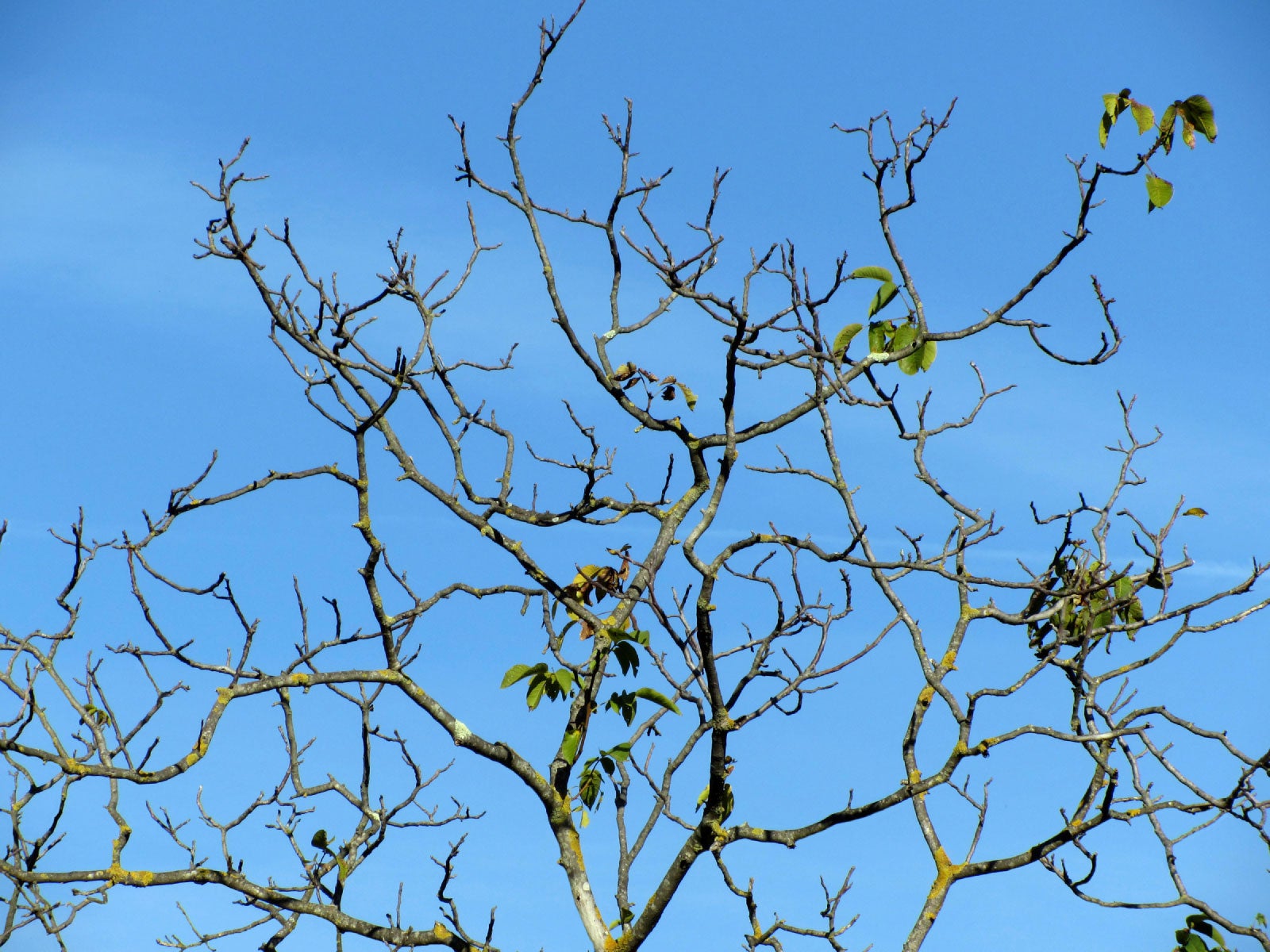Leafing Out Issues: What To Do For A Shrub Without Leaves


If your bushes leaf out late, then you may be wondering what the reason is. Shrubs not leafing out as expected may indicate a serious problem or no problem at all. Keep reading and learn to tell the difference and find out why there are no leaves on bushes.
Normal Reasons for Shrubs Not Leafing Out
Those of us who keep garden journals and know exactly when our shrubs leafed out in previous years may become alarmed when bushes leaf out late. Temperature and day length control the timing, so you can expect shrubs to leaf out later in years when temperatures are cooler and earlier in warm years. These year-to-year variations are normal. You might also see variations as a shrub matures. For example, young maples often leaf out before older specimens. This allows shorter, immature shrubs to absorb energy from the sun before the older shrubs leaf out and block the sun's rays. As young shrubs mature, they will leaf out later.
Leafing Out Issues
You may be able to find the source of leafing out issues by removing one of the buds and slicing it open. If the bud is green on the outside and brown inside, it usually indicates cold injury. Clip off the twig that held the bud and strip off the bark. The wood under the bark should be soft and green. Twigs with brown, dry wood are suffering from a chronic stress condition. Insects, diseases, and poor placement cause chronic stress. The roots of shrubs planted near pavement often suffer chronic stress due to heat and dry soil. Suspect a disease if entire branches or twigs fail to leaf out or when there are no leaves on the bush. Brown streaks in the wood indicate a disease called verticillium wilt. The treatment for a disease is to trim back the affected twigs until you find healthy wood. Use clean pruners and disinfect them between cuts to avoid spreading the disease. If the shrub shows symptoms of disease on most of its branches, you may not be able to save the plant. Some insects can completely defoliate a shrub or kill the buds, resulting in a shrub without leaves. Insect problems are a challenge for inexperienced gardeners because you must first identify the insect. If you can't identify it yourself, your cooperative extension agent may be able to help. Spraying the shrub with a broad spectrum, non-specific insecticide is likely to make the problem worse. Try non-chemical means of insect control first, and if you must use chemicals, look for insecticides that list the insect you want to kill on the label. Follow the label instructions carefully. Improper mixing or spraying at the wrong time can seriously damage the shrub.
Sign up for the Gardening Know How newsletter today and receive a free copy of our e-book "How to Grow Delicious Tomatoes".

Jackie Carroll has written over 500 articles for Gardening Know How on a wide range of topics.